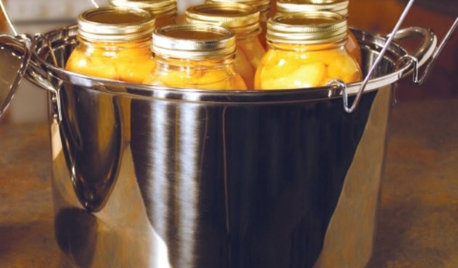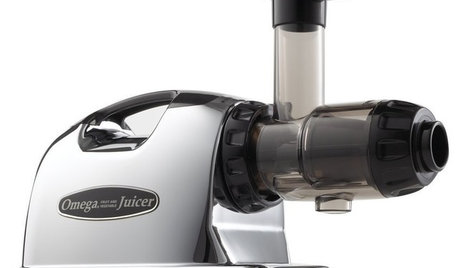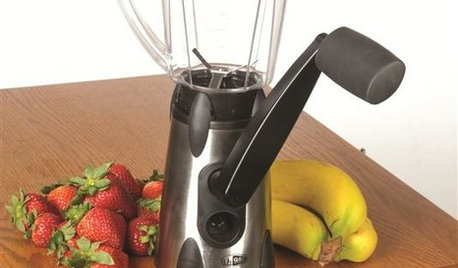Dehydrating Stevia, help please.
trowelgal Zone 5A, SW Iowa
18 years ago
Featured Answer
Sort by:Oldest
Comments (20)
makalu_gw
18 years agolast modified: 9 years agoDaisyduckworth
18 years agolast modified: 9 years agoRelated Professionals
Simpsonville Landscape Architects & Landscape Designers · Essex Landscape Architects & Landscape Designers · Ferndale Landscape Architects & Landscape Designers · Harvey Landscape Architects & Landscape Designers · Cicero Landscape Contractors · Costa Mesa Landscape Contractors · Golden Gate Landscape Contractors · Harrisburg Landscape Contractors · Las Vegas Landscape Contractors · Overland Park Landscape Contractors · Baileys Crossroads Landscape Contractors · Brandon Roofing & Gutters · Tampa Roofing & Gutters · Walnut Creek Roofing & Gutters · Mounds View Roofing & Guttersmem3bros
16 years agolast modified: 9 years agoDaisyduckworth
16 years agolast modified: 9 years agooakleif
15 years agolast modified: 9 years agoherbs77
15 years agolast modified: 9 years agoksrogers
15 years agolast modified: 9 years agoDaisyduckworth
15 years agolast modified: 9 years agoherbs77
15 years agolast modified: 9 years agoDaisyduckworth
15 years agolast modified: 9 years agoksrogers
15 years agolast modified: 9 years agomidnytmary
15 years agolast modified: 9 years agoangelady777 (Angela) - Zone 6
15 years agolast modified: 9 years agoangelady777 (Angela) - Zone 6
15 years agolast modified: 9 years agosanna_2008
14 years agolast modified: 9 years agoksrogers
14 years agolast modified: 9 years agojdextractor
14 years agolast modified: 9 years agokawb28
14 years agolast modified: 9 years agocyrus_gardner
14 years agolast modified: 9 years ago
Related Stories

PRODUCT PICKSGuest Picks: Canning, Preserving, Steaming, Dehydrating
20 products to help make fall produce last through the season and beyond
Full Story
CONCRETEWhy Concrete Wants to Crack
We look at the reasons concrete has a tendency to crack — and what you can do to help control it
Full Story
HEALTHY HOME18 Ways to Allergy-Proof Your Home
If you're itching to reduce allergy symptoms, this mini guide to reducing allergens around the house can help
Full Story
SELLING YOUR HOUSEKitchen Ideas: 8 Ways to Prep for Resale
Some key updates to your kitchen will help you sell your house. Here’s what you need to know
Full Story
CHRISTMASReal vs. Fake: How to Choose the Right Christmas Tree
Pitting flexibility and ease against cost and the environment can leave anyone flummoxed. This Christmas tree breakdown can help
Full Story
HEALTHY HOME12 Ways to Set Up Your Kitchen for Healthy Eating
Making smart food choices is easier when your kitchen is part of your support team
Full Story
PRODUCT PICKSGuest Picks: Get Juicing
Stay hydrated and healthy with these tools and accessories for juicing fruits and vegetables right at home
Full Story
LIFEHow to Prepare for and Live With a Power Outage
When electricity loss puts food, water and heat in jeopardy, don't be in the dark about how to stay as safe and comfortable as possible
Full Story
LIFEHow to Stay Relaxed When Hosting Overnight Guests
Make sure their visit goes smoothly by following these simple steps
Full Story
ACCESSORIESEasy Green: Cut Electricity Use With 15 Unplugged Home Devices
Crank up the energy savings, courtesy of household items that come into power the old-fashioned way: manually
Full StoryMore Discussions










blamom